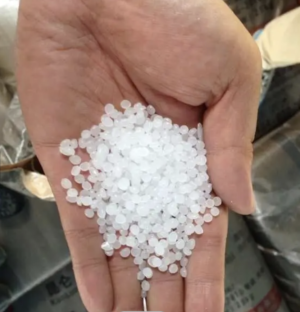Acrylamide is a chemical compound with the molecular formula C3H5NO. It is a colorless, odorless, crystalline solid at room temperature. Acrylamide is an organic compound that contains both vinyl and amide functional groups.
Here are some key points about acrylamide:
- Production: Acrylamide is primarily produced industrially by the hydration of acrylonitrile in the presence of a catalyst, typically sulfuric acid or phosphoric acid. The reaction proceeds as follows:
CH2=CH-CN + H2O → CH2=CH-CO-NH2
Acrylamide can also be synthesized through the hydrolysis of polyacrylonitrile or the reaction of acrylonitrile with ammonia.
- Uses:
- Polymer Production: Acrylamide is a monomer used in the production of polyacrylamide, a versatile polymer with various industrial applications. Polyacrylamide is used as a flocculant, thickener, and rheology modifier in wastewater treatment, mineral processing, papermaking, and other industries.
- Chemical Synthesis: Acrylamide is used as a precursor for the synthesis of other organic compounds, such as acrylic acid, acrylamide-based copolymers, and specialty chemicals.
- Laboratory Reagent: Acrylamide is used in biochemical and molecular biology research as a reagent for gel electrophoresis, protein purification, and protein crystallization.
- Health Concerns: Acrylamide has raised concerns regarding its potential health effects. It is classified as a probable human carcinogen by the International Agency for Research on Cancer (IARC) based on animal studies indicating carcinogenicity. Acrylamide exposure occurs primarily through the consumption of certain foods, particularly those that are fried, baked, or roasted at high temperatures. Acrylamide forms spontaneously during the Maillard reaction, a chemical reaction between amino acids and reducing sugars that occurs during cooking.
- Regulation: Regulatory agencies in various countries have set limits on acrylamide levels in food products to mitigate exposure. Additionally, efforts have been made to develop strategies to reduce acrylamide formation in food processing, such as optimizing cooking conditions, using alternative ingredients, and implementing food processing technologies.











Reviews
There are no reviews yet.